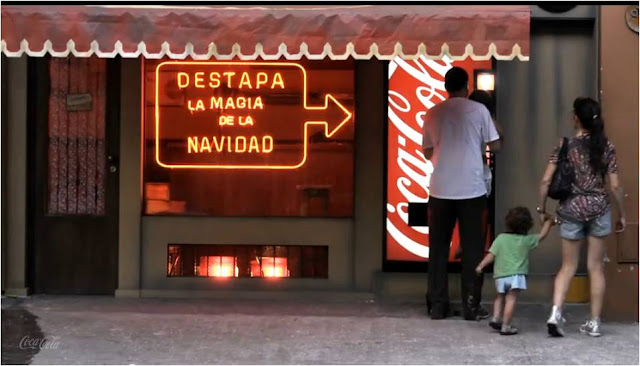One of the recurring things in studies is that consumers are now looking for different relationships with companies. That they also expect them to offer different content, different actions and establish links. All this based on different things from those used in the past. In the language of brand strategy, new words, such as feelings, emotions and experiences, have begun to appear more and more persistently.
In this last point, companies are still beginning to understand what they should do and how they should play with it. In fact, the experiences are not only important for themselves, but also begin to be important for their impact on other elements. Experiences are key to generating those emotions and feelings that consumers are seeking to establish as links to their favorite brands. They’re sometimes the only possible way to create that value relationship with them.
Few are the companies that have a budget destined to connect with these consumers using the marketing of the experiences, although more are those that plan to do it in the near future.
Only a small group of marketers now spend a portion of their budget doing marketing experiences. However, things change when you look ahead. a bigger group recognize that in the next three to five years they will spend at least a fifth of their budget on experiential marketing. In some cases the figure will be even higher.
Why do they do it?
The key is how the market has changed and how consumers themselves have evolved. The demographic changes have made this type of content / actions have become much more necessary. Traditional advertising no longer works and these kinds of actions allow “building relationships and inspiring action”. Of course, things are not the same in all markets. Asian brands seem much more willing to play with these tools and use new technologies, such as virtual reality or gaming, than the European ones.
Experiential marketing requires greater creativity on many occasions and being able to seize opportunities. Companies have to be able to create opportunities that make the consumer live that experience and, above all, have to make it all remarkable, different and highly memorable. This often means not only thinking about what one does but also what others do.
Experience sometimes does not require a million dollar investment, but rather a good inventiveness.
Brands and companies have to work to create actions that work in a face-to-face scenario (one approaches the consumer at the moment), to send the message that is to be shared and to interact (the receiver has to participate in it). What is being done: you have to live it. All of this has to make the experience highly memorable and allow you to connect to a level that is not the usual with the brand.
To this is added another interesting element. The experience has to be unique. Creating experiences is not giving away a product by buying two others or giving a special bag at the supermarket on a designated day. Those are interesting actions and with their own potential, but they are not exactly marketing with experiences. Experiences have to be unique, different and have to be noticed. The consumer has to be surprised and have him in a sense to move.



